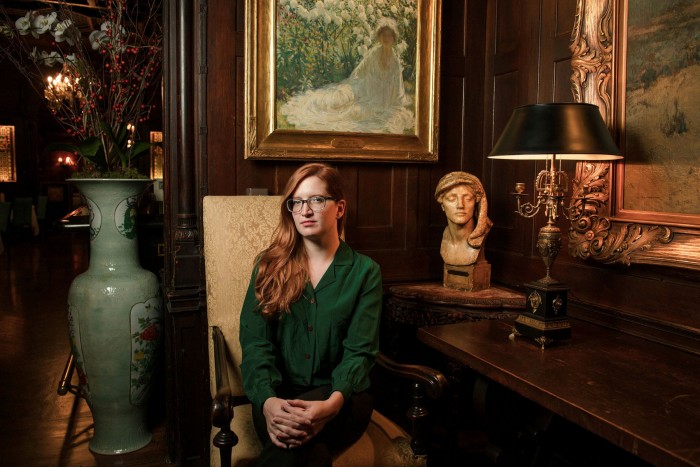EMBA experience: embracing change during coronavirus

Roula Khalaf, Editor of the FT, selects her favourite stories in this weekly newsletter.
One of the great things about an executive MBA is that it teaches you to look at a problem in many different ways and what to prioritise. It takes you out of a dogmatic way of thinking. When the pandemic happened and the whole world had to react, it was just a continuation of that learning process.
I started the Stockholm School of Economics MBA Executive Format programme in January last year and was due to graduate this May, but the pandemic meant that it was extended by a few months.
One of the fantastic things is that three of the 10 weeks of face-to-face teaching are abroad: a week in Silicon Valley, one in London and one in Singapore, to give us the North American, European and Asian perspectives.
Unfortunately, our trip to Singapore scheduled for March had to be cancelled. It was a little sad that our 50-strong cohort missed out on face-to-face time, but the school did a great job of scheduling the professors from Singapore to speak with us over Zoom. Much of the EMBA is self-study anyway — they give you all the tools and you make of it what you want.
I decided to go to business school after taking on more responsibilities in my role at the National Academy of Design in New York. The institution was restructuring its mission and business model — we were looking at every facet of what we were doing and how it was relevant for the art world. I decided I needed more hard skills to top up the soft skills I had acquired from my studies in French and international communication.
My background is in linguistics and I had fallen in love with the Swedish language. I had been going to Sweden for pleasure for years, hearing the locals rave about SSE being the best business school in the Nordics.
I wanted an EMBA with a strong international aspect and knew that an online-only course was not for me. I wanted face-to-face time with teachers and students. This programme offered both, with 10 weeks of in-person teaching over 18 months and the rest being self-study that you can fit around your work. It gave me the autonomy I needed to be able to keep working while taking advantage of the course’s international and face-to-face aspects.
My favourite part of the programme was the organisational change management course. We were able to grow with the topic over a year, working in pairs. My partner and I spent a lot of time together, with many late nights, but we formed an amazing friendship that continues today. That was probably one of the best experiences.
I was surprised how amazing the other people on the course were — I had expected there to be some real sharks and jerks. I can’t believe how well the admissions team pulled together these 50 really kind and high-achieving people. We were all disappointed we couldn’t get together as much as planned because of the pandemic, but in some ways it brought us closer together outside the classroom, through the use of social media.
Whenever I have a problem at work, whether it is in accounting or marketing, for example, there will be someone who was on the programme who does that as their day job, and if I give them a call they will help. I was the only person on the EMBA working in the non-profit sector and I would field a lot of questions about it from my peers, some of whom were thinking of joining boards and had questions about funding.
I feel sorry for the next cohort because they lost so much of their face-to-face time. Usually when you finish your MBA, it is supposed to be this incredible moment of your life when your career takes off, but finishing in the middle of one of the most uncertain economic times. What I will do next is a really interesting question.
I would really love to tie my experience together and use the skills gained on my EMBA as a springboard to work at the intersection of philanthropy, corporate and non-profit. I don’t regret going to business school — it is better to have acquired the experience. I learnt so much that will prove invaluable for a long time to come.
This article was amended to show that there are 50 students in the cohort.
Comments